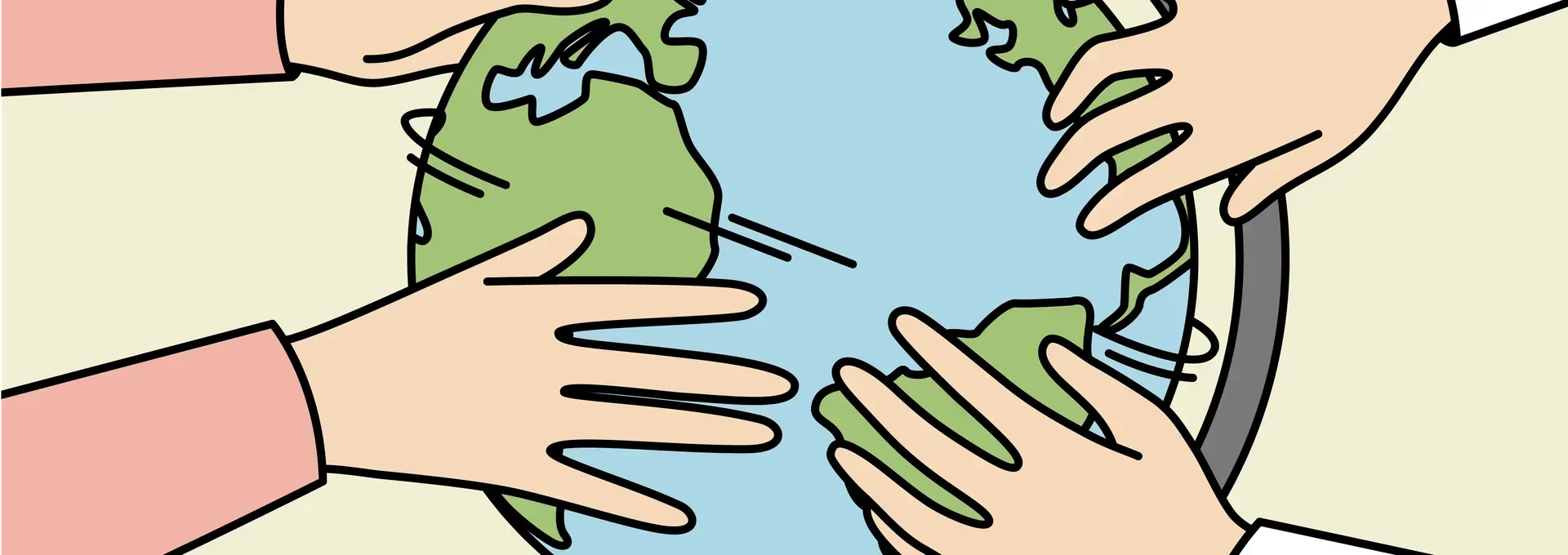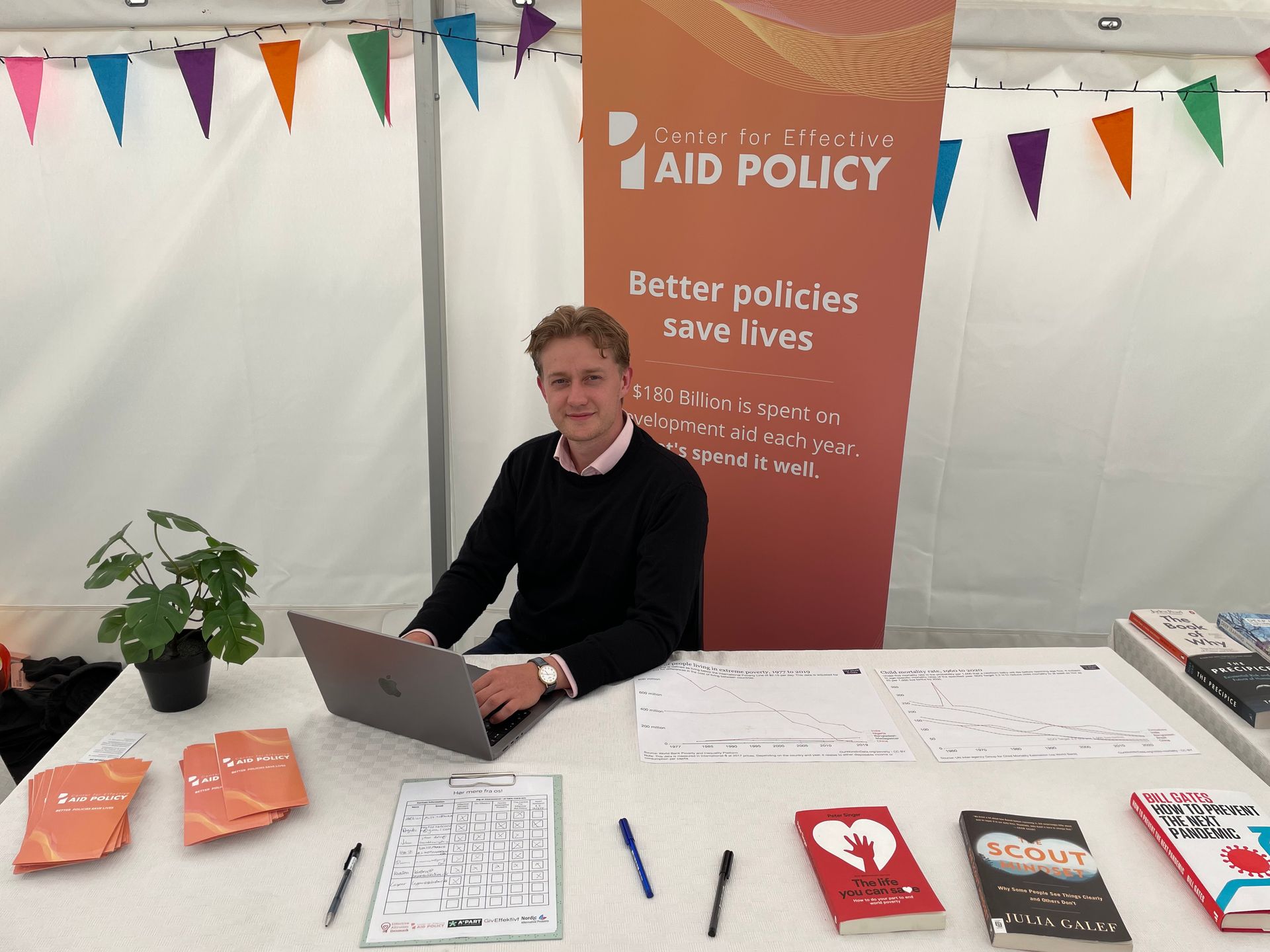Why cost-effectiveness matters
Why cost-effectiveness matters
Not all development programs have the same effects for the same costs.
Suppose you must decide between one of two aid interventions in Africa:
- One delivers deworming medicine to school children
- The others provides funding for school uniforms
Which should you choose? A child who is sick with a parasite-infection, will struggle to stay in school. On the other hand, parents who cannot afford school uniforms might opt not to send their child to school at all
It is not easy to predict in advance which will do more to increase school attendance. When development researchers measured the impact of each intervention, they found one to be many times more effective than the other.
Every $100 spent delivering deworming medicine buys almost fourteen additional years of school attendance. Every $100 spent on funding school uniforms, on the other hand, buys less than one year of additional school attendance.
With new evidence in mind, deworming stands out as the better choice. By following the science we can give many more children access to school, something so vital that it is considered a human right.
In practice, the choices are never so clear-cut. Ensuring lasting development requires making progress on many different fronts. Not all development goals can be easily compared. Not all interventions can be cheaply measured.
But even small differences in cost-effectiveness add up to massive differences in impact between large scale aid programs. The total amount of Official Development Aid (ODA) in 2021 was $180 Billion. Simply moving funding from one life-saving aid program to another can enormously increase the number of real people whose lives are saved.
Carefully evaluating the effects of interventions and spending our limited resources on the very best projects, is vital if Official Development Assistance (ODA) is to meet its objective of promoting the economic development and welfare of developing countries. At the Center for Effective Aid Policy, we don’t look for interventions offering lower costs per life saved because we are stingy, but precisely the opposite: because we recognize that we only have so much money available and we want to spend it best in order to help as many people as possible.
The United States President’s Emergency Plan for AIDS Relief (PEPFAR) is a highly cost-effective government aid program started in 2003. Between 2004 and 2007, the cost per life saved was estimated to be just $2,450. PEPFAR saved millions of lives, and is an outstanding example of the positive difference development aid can make. Had the US government instead spent PEPFAR’s budget on building PlayPumps (A poorly functioning merry-go-round which pumps water, at the cost of $14,000 each) millions of lives would have been lost unnecessarily.
Although ODA never goes to one single intervention but is distributed across several projects, the risk of funding cost-ineffective or even potentially harmful interventions is real. Cost-effectiveness analysis is a tool to prevent misallocation of aid budgets. It is precisely so important because the difference between various aid interventions' impact is so serious.
Development aid projects have many more objectives than just saving lives, given that their ultimate goal is to promote a sustainable and lasting development of whole communities, as well as individual flourishing. We care not only about saving lives, but also about making those lives as secure and enjoyable as everyone deserves. For example, funding might go to projects targeting women empowerment, or climate mitigation. Such less tangible objectives of development aid might be hard to quantify and therefore be mistakenly ignored in the cost-effectiveness analysis. It is therefore crucial to design appropriate methods that will take these complexities into consideration.
Given the persisting high number of people globally living in extreme poverty (698 million as of 2021; 9% of world’s population), it is a moral responsibility of aid-granting governments to spend their aid budgets the best they can: to compare possible interventions, to target projects which actually improve the recipients’ lives, and to fund as many of them as possible.
At CEAP, we aim to represent the recipients of the development aid and advocate for funding interventions promoting their interests. We believe in a detailed, research-based analysis of aid projects in order to shift the available funding to those that benefit the largest number of people the most.









